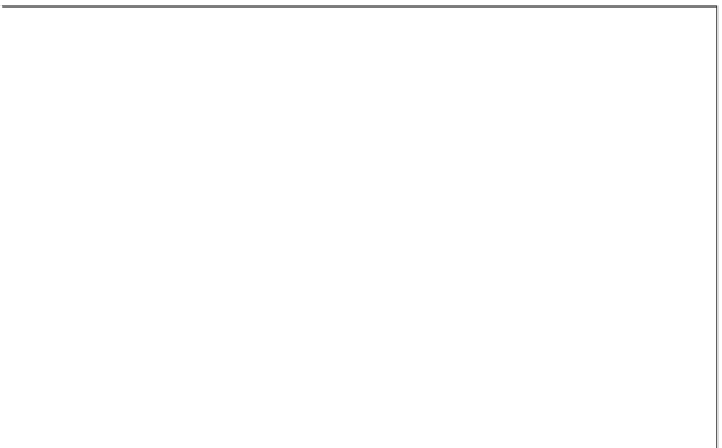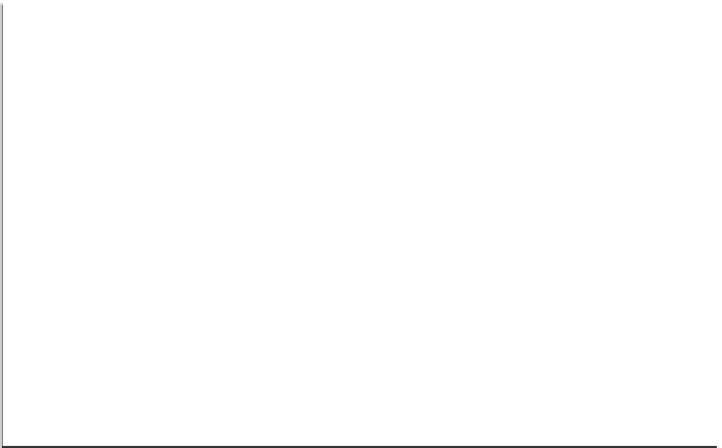Biomedical Engineering Reference
In-Depth Information
Table 5.1
Major Joint Angle Limits
a,b
Joints
Joint Angle Limits (Degree)
Lower Limit
Upper Limit
Ankle (dorsi/plantar)
20
54.5
2
Knee (extension/flexion)
7
138
Hip (flexion/extension)
102
41
2
Hip (abduct/adduct)
46
34
2
Hip (external/internal)
49
32
2
Spine (tilt)
11
11
2
Spine (bend)
9.5
21
2
Spine (rotate)
13.5
13.5
2
Shoulder (aft/fore)
19
111
2
Shoulder (adduct/abduct)
23
123.5
2
a
Zero joint angles correspond to home configuration as depicted in Figure 7.2.
b
Joint coupling motions are not considered.
y
x
z
FIGURE 5.6
Foot ground penetration conditions.
5.7.1.3
Ground penetration
Walking is characterized with unilateral contact between the foot and ground as
shown in
Figure 5.6
. While the foot contacts the ground, the height and velocity
of contacting points (circles) are zero. In contrast, the height of other points
(triangles) on the foot is greater than zero.
Therefore, the ground penetration constraints are formulated as follows:
y
i
ðtÞ
5
0
;
x
i
ðtÞ
5
_
0
;
y
i
ðtÞ
5
_
0
;
z
i
ðtÞ
5
_
0
;
i
A
Ω
(5.23)
y
i
ðtÞ
.
0
;
i
2 Ω;
0
#
t
#
T
where
Ω
is the set of contacting points as illustrated in
Figure 5.6
.














































Search WWH ::

Custom Search